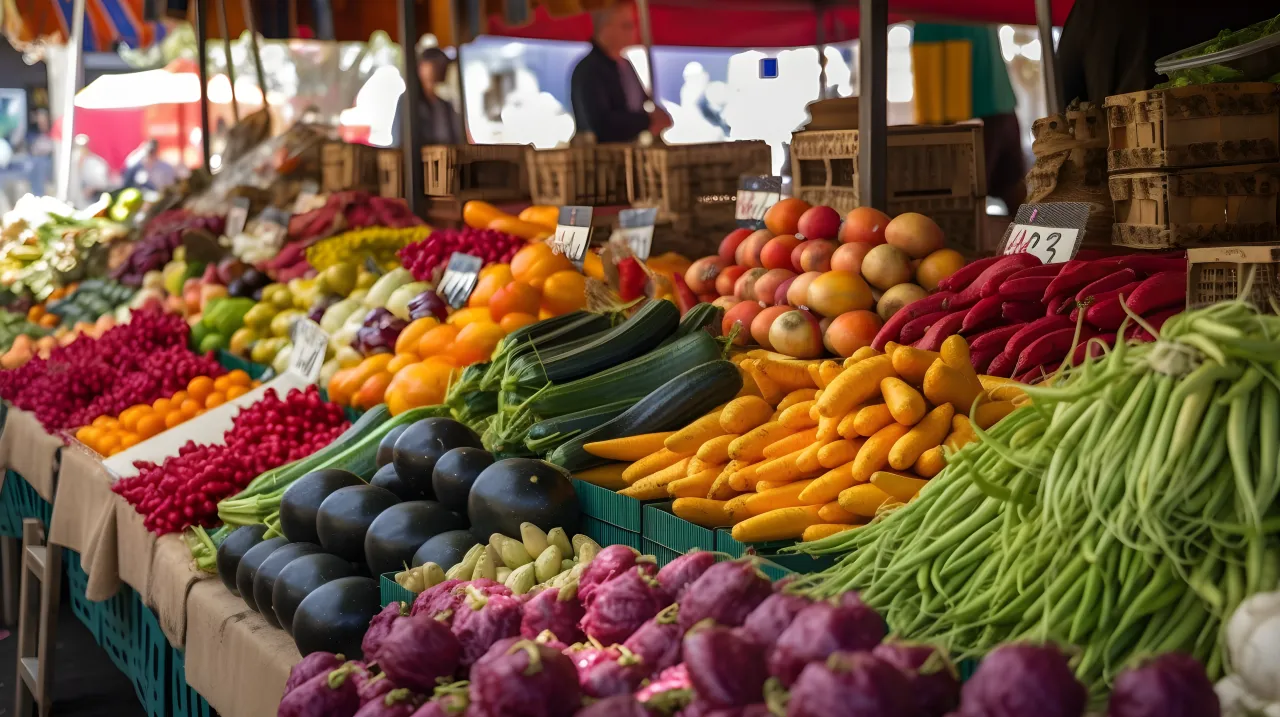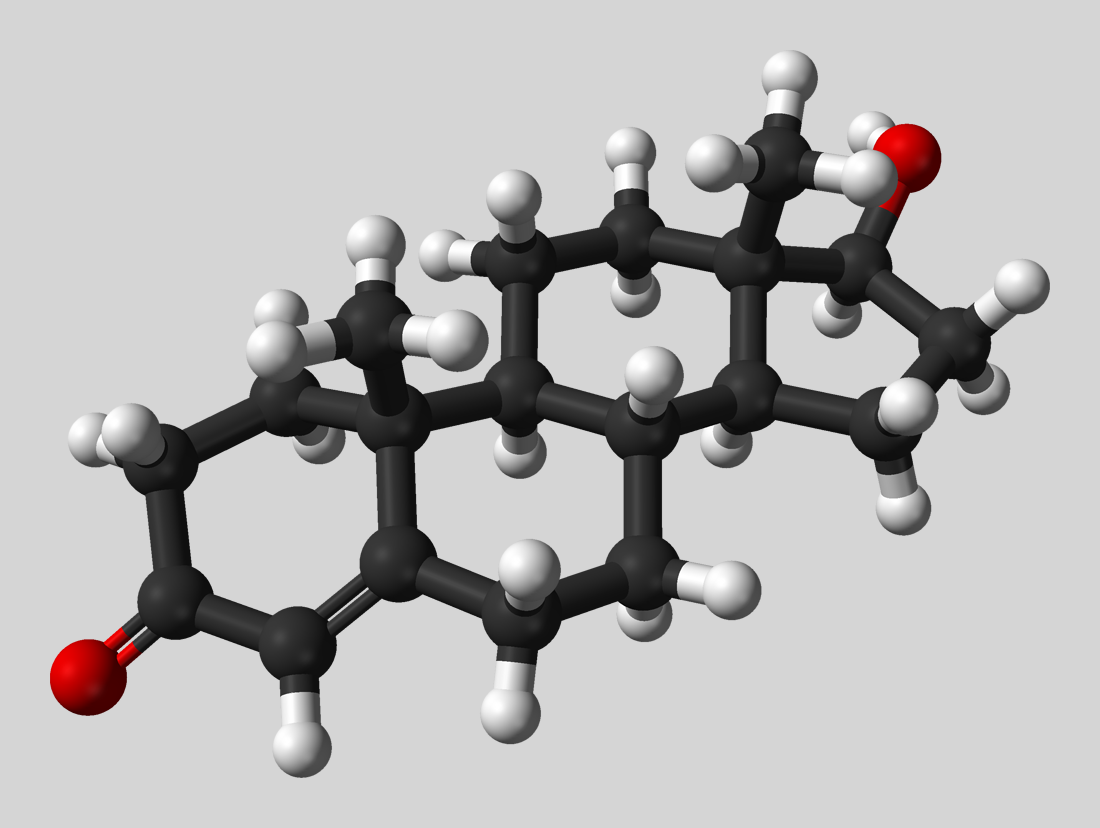Iron is an essential mineral for optimal health and vigour, but as we age, it can cause more harm than good for some individuals. Controlling our body’s iron stores so that they remain in a normal range is an important aspect of optimizing health and lifespan. Excess iron has been shown to shorten the lifespan of some organisms and is associated with certain diseases related to age.
Ironing out the details
Most iron in cells is bound to protein and other molecules that can be safely stored. This prevents iron from acting as a free radical that can damage DNA and other proteins in the body, leading to cell and organ damage.
Studies in both humans and animals have shown an extension of lifespan with drugs and dietary interventions related to iron. In healthy aging, there is typically some accumulation of iron over time, however, over-accumulation over time in brain regions has been related to neurodegenerative diseases like Alzheimer’s and Parkinson’s disease.
Dietary and lifestyle changes
Aside from pharmaceutical interventions, it’s important to ensure dietary habits meet our aging and lifestyle needs. Though in many cases, this means increasing the intake of some nutrients (like vitamin D or zinc), we need to make considerations for decreases as well. This can include not only decreasing iron intake, but also calories.
In animals studies of aging, researchers have demonstrated that caloric restriction decreases accumulation in the liver, kidney, and brain iron stores and down-regulates the expression of the iron-regulatory hormone hepcidin in the brain, meaning less is accumulated.
Some dietary changes can also prevent the absorption of iron if high levels are an issue. Foods that may be rich in iron can be ingested with foods that contain phytates and oxalates such as raw spinach and whole wheat grain products to decrease the absorption of iron from a meal. Also, consuming an ample supply of antioxidant-rich foods like berries and brassica vegetables (e.g. broccoli) can help prevent some of the negatives of high iron.
Iron is involved in numerous processes throughout the body. Some of the most common include function in the brain, oxygen transport in red blood cells, DNA synthesis, cellular energy production, and normal nerve function.
Another simple option that can also help other people is donating blood. This can help offset some iron accumulation and, in the process, help save someone’s life.
Your optimum health takeaway
The story of iron and aging demonstrates that as time goes on and our lives change, so too do our dietary needs. Optimizing our health includes being adaptable to the way we eat and the way we move. Having a team of health experts to guide those changes can ensure not only increased longevity but the quality of life as well.
References:
Mangan D. Iron: an underrated factor in aging. Aging (Albany NY). 2021;13(19):23407-15.
Ward RJ, Zucca FA, Duyn JH, Crichton RR, Zecca L. The role of iron in brain ageing and neurodegenerative disorders. Lancet Neurol. 2014;13(10):1045-60.






